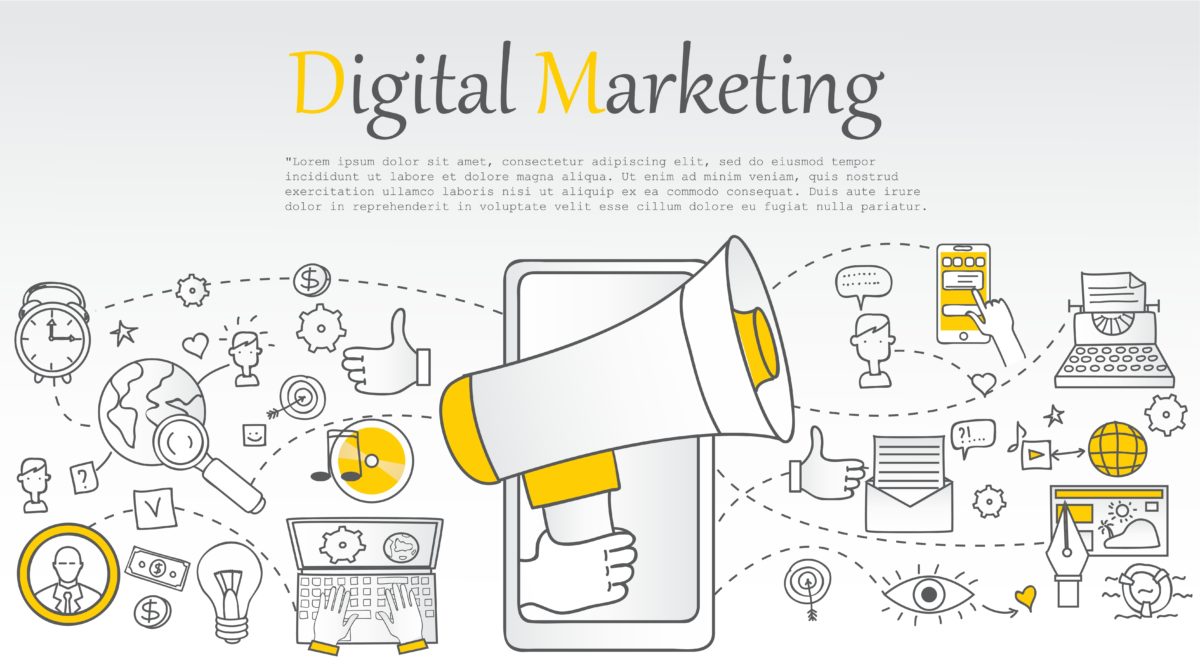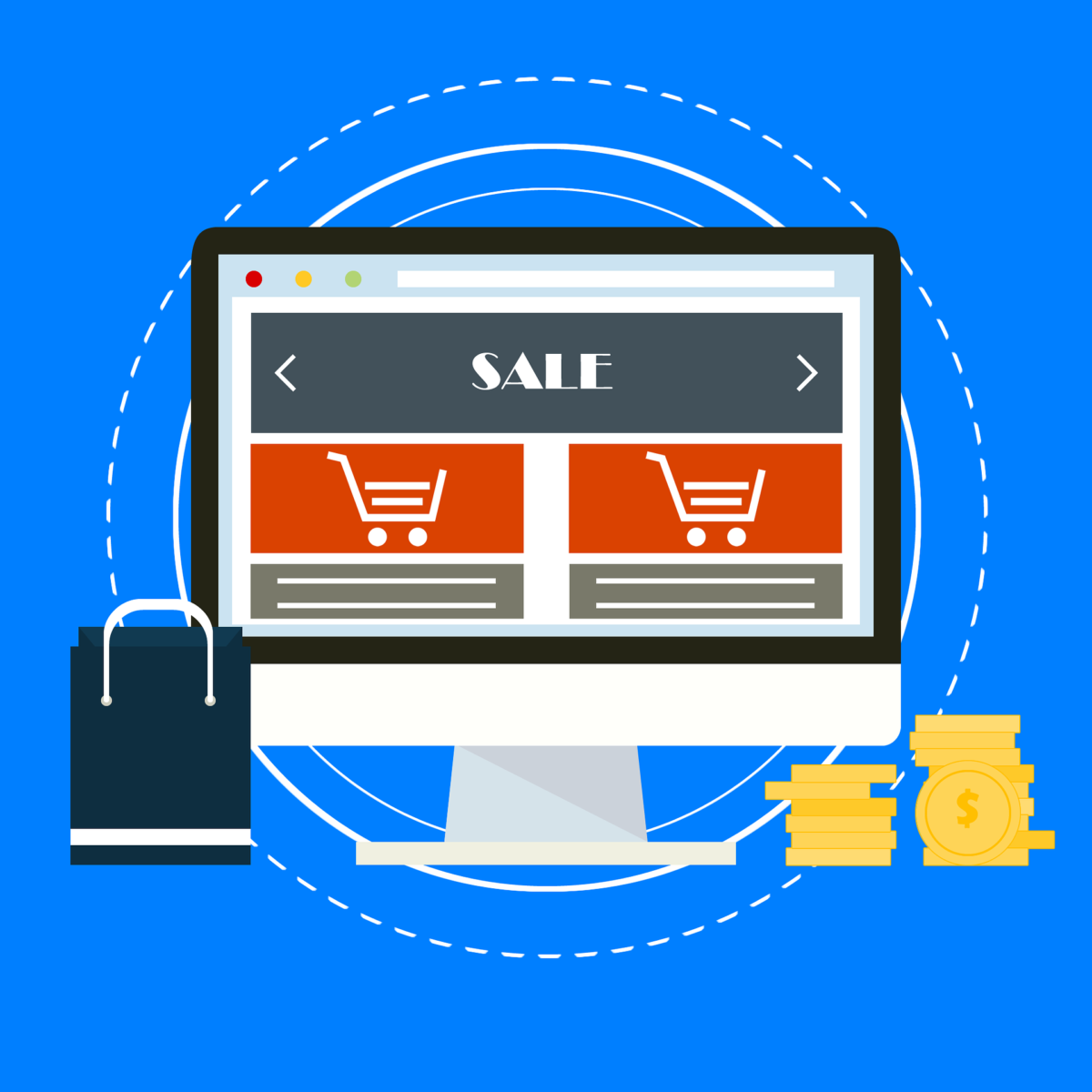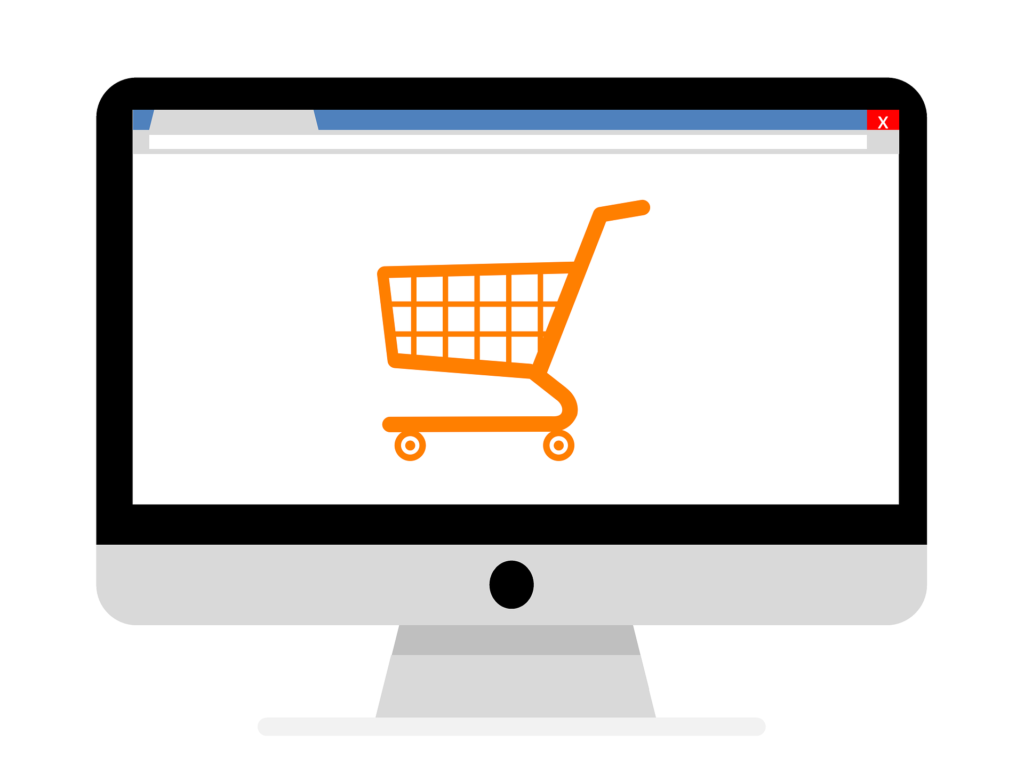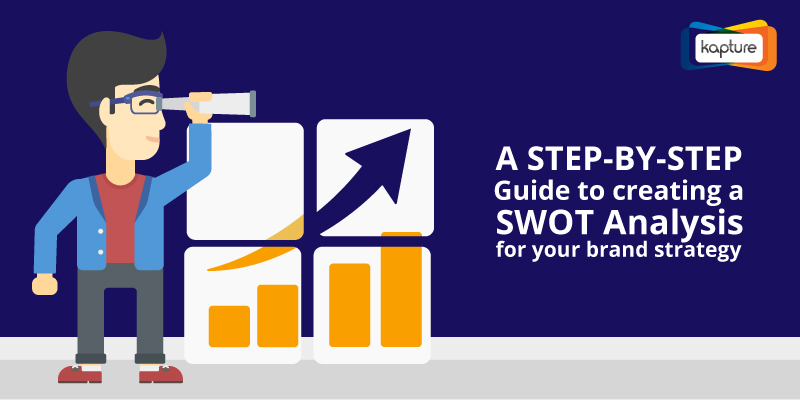
3 Red Flags to Look Out For When Choosing an SEO Company

Photo credit: https://pixabay.com/en/digital-marketing-seo-google-1725340/
Most businesses are taking to the digital world to help get their products and services out to the people that they are marketing to. But with everyone on the World Wide Web blasting information out to the world, it can be very challenging for a company to get noticed with all the competition.
This is where SEO agencies can help. Search Engine Optimization, or SEO for short, refers to the practice of optimizing digital content so it gains prominence over others when certain keywords or terms are run through a search engine. A website is ranked based on the authority and authenticity of the content, with link building services a popular way to increase backlinks and improve ranking. Certain algorithms of search engines like Google and Bing can be very tricky to navigate; SEO agencies help by removing the burden of optimizing content so that their clients’ websites will rank higher on search results.
While websites like BestSEOCompanies.com can help with choosing an SEO agency that will provide results for your business, it’s also important to get your hands dirty and do a bit of research when choosing the best SEO company that you are confident will bring you the results you need. A lot of dubious SEO companies will make offers that are too good to be true just to get you onboard, and will then under-deliver or give results that aren’t what you signed up for.
Here are a few red flags to look out for when finding an SEO company for your business:
Pricing
How much an SEO company will ask you to pay for their services can be a direct indicator of the quality of work that they will do. If an SEO company has a very low price point for the services they want to provide you, you’re most likely getting poor quality work that will either have very little effect on your search engine rankings or worse, get you punished or blacklisted by the search engine.
Conversely, an SEO company with a high asking price might also not be aware of the conditions that they operate in; there are a lot of SEO agencies that provide high-quality work at reasonable market prices. It’s best to shop around and make a comparison so you can determine the average price for the amount of work you need done at the quality you want to have.
Timeframe
One thing businesses have to understand about SEO is that results do not show up in a matter of days. The indexing process takes a longer time than say, a week. Thorough research has to be done on the content that you provide, and the keywords that your target market uses regularly.
Additionally, search rankings done by Google, for example, are done on a periodic basis. The search ranking schedule alone should tell you that any SEO company who says that they can make your website land on the first page within two days to a week is probably overselling their capabilities or is unaware of how search engines work
Content
Reputable SEO companies will actually provide you with a few samples of the work they do based on previous client submissions. When examining their body of work, be on the lookout for content that has too many links. Overlinked articles will actually be penalized by search engines and will result in lower rankings or potential blacklisting.
It would also do well to ask about the quantity of the work that they submit to search engines. Microsoft, Google, and Yahoo have all advised that over-submission of a site to search engines can actually decrease your search ranking. So be wary if a company makes claims relating to the quality and quantity of the content they submit.





















